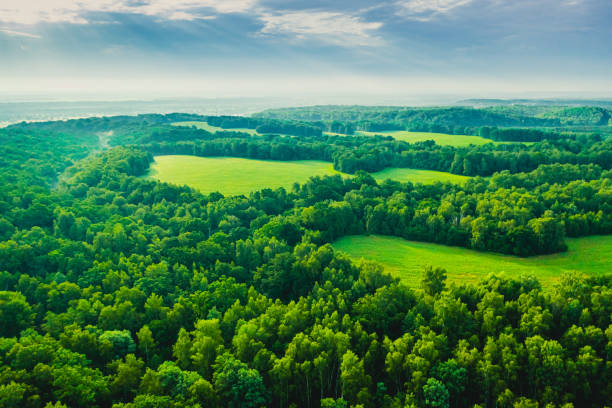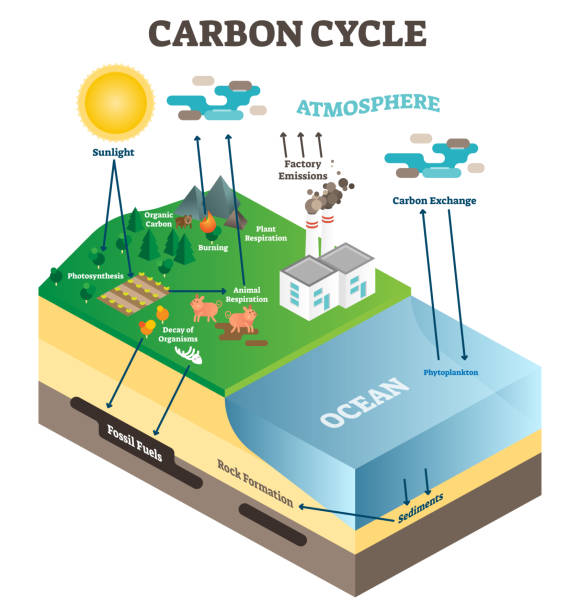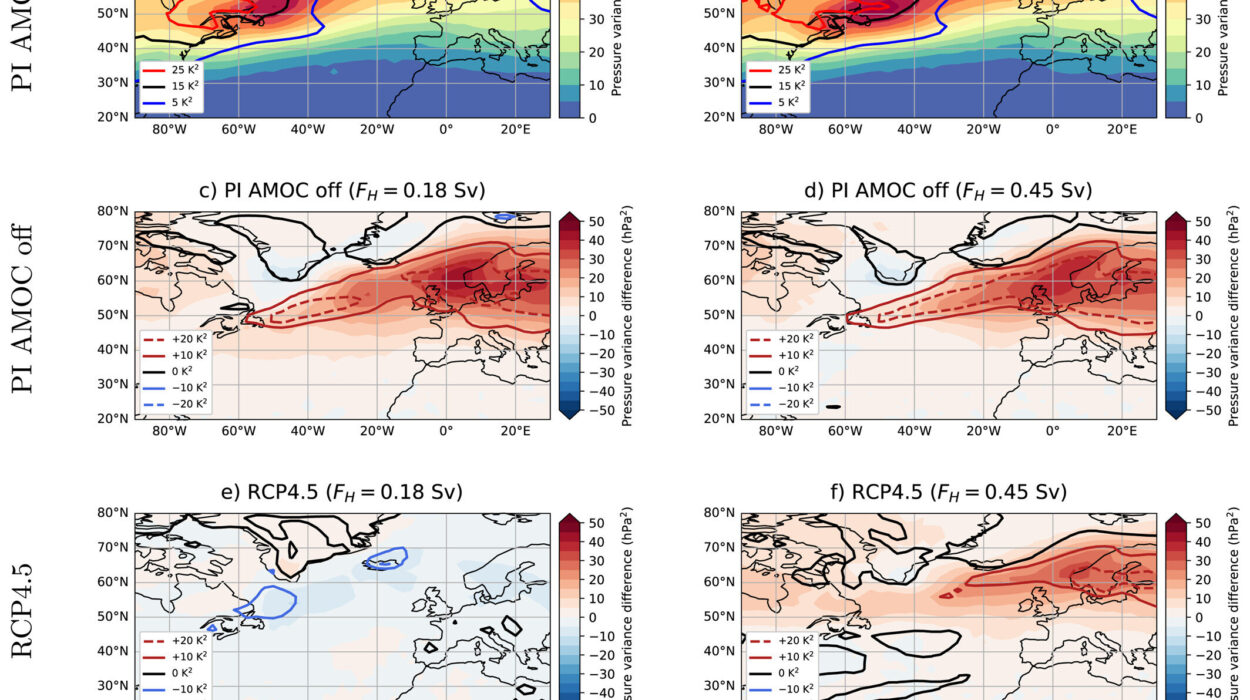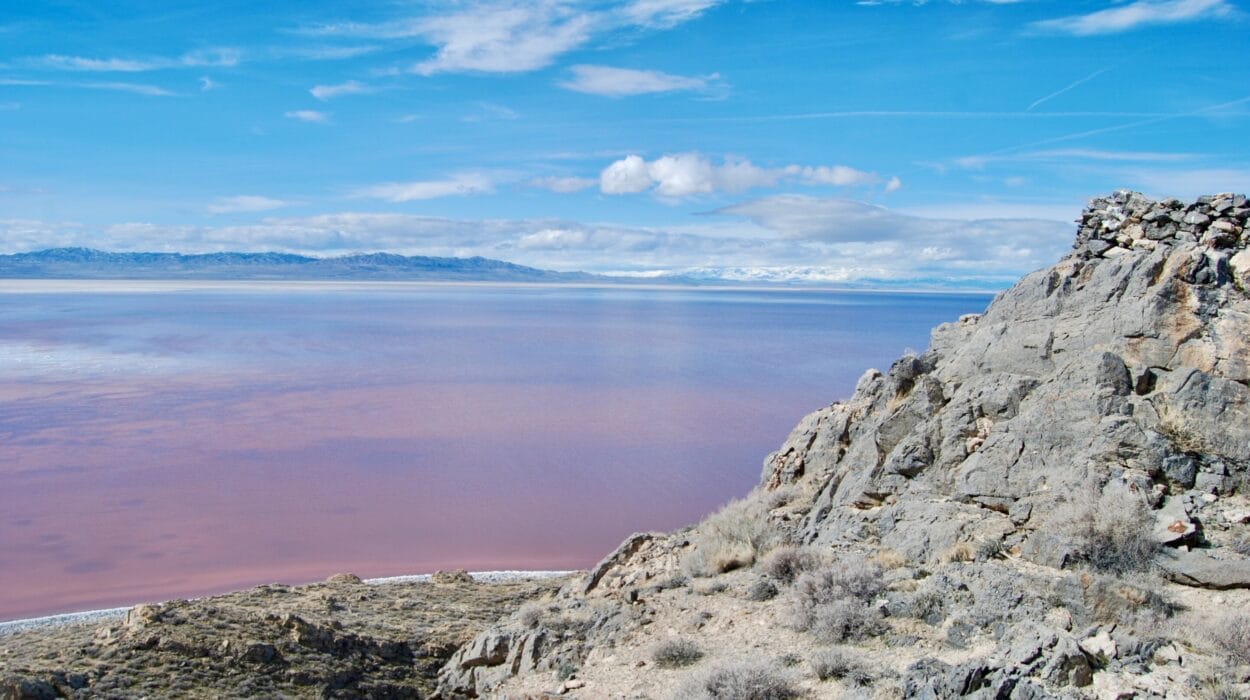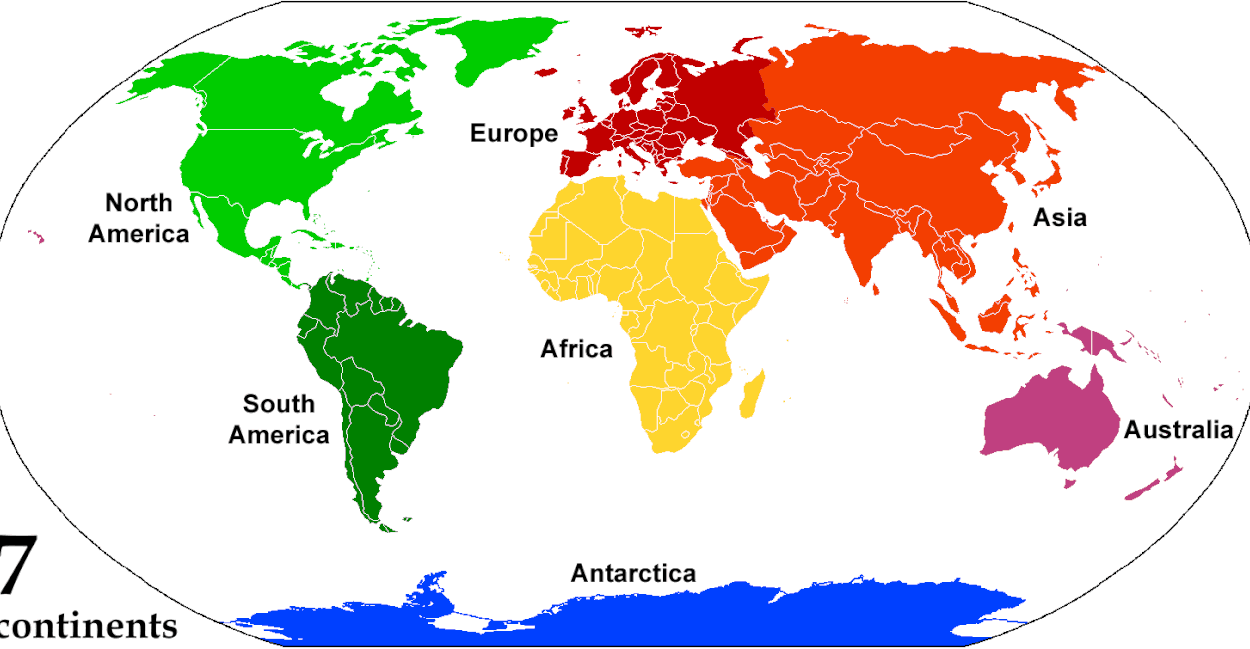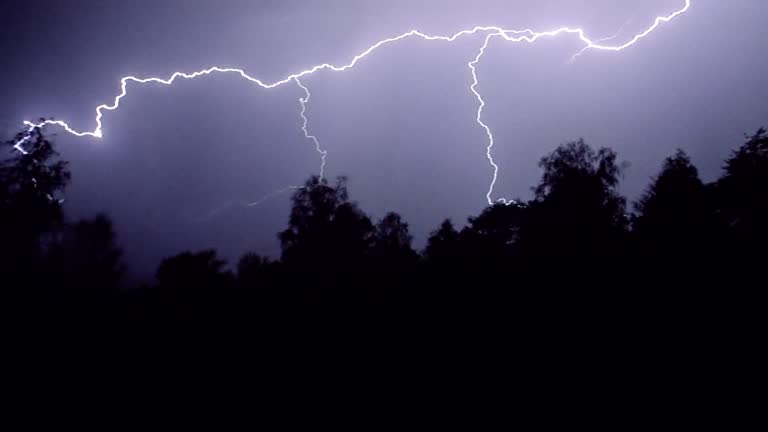At first glance, a tropical rainforest, a coral reef, or even a patch of wildflowers in a meadow may seem chaotic—an explosion of colors, sounds, movements, and patterns that defy easy explanation. But look closer, and what appears to be chaos reveals itself as a masterpiece of balance. Every ant, every moss-covered stone, every hummingbird and microscopic bacterium is a brushstroke in the grand painting of life on Earth. This interwoven complexity has a name: biodiversity.
Biodiversity is more than a count of species. It’s the rhythm and harmony of life itself. It is the reason rivers flow clean, soils remain fertile, and air stays breathable. Strip it away, and the planet’s resilience crumbles. From the grandeur of elephants roaming the savannas to the invisible fungi knitting forests underground, biodiversity isn’t a luxury—it’s the pulse that sustains the living Earth.
This is the story of why life needs life, and why Earth’s biodiversity is not just beautiful, but essential for the health of every ecosystem.
What Is Biodiversity? A Symphony of Life
To understand biodiversity, we must first grasp the scope of what it encompasses. Biodiversity, short for biological diversity, refers to the variety of all living organisms on Earth. It includes not only the vast spectrum of species—plants, animals, fungi, and microorganisms—but also the genetic differences within those species and the variety of ecosystems they inhabit.
Imagine a coral reef teeming with thousands of fish species, sponges, sea stars, and crustaceans. Each species plays a role—some clean algae, others build shelter, many form the base of the food chain. Now zoom into a single square meter of forest soil. It’s alive with bacteria, archaea, insects, and the intertwining roots of trees. The forest above can’t exist without the life below.
But biodiversity is more than just a catalog of species. It is the connections between them—the predator-prey dynamics, the pollinator-plant relationships, the nutrient cycles fueled by decomposers and scavengers. Like threads in a woven cloth, these relationships hold ecosystems together.
Nature’s Web: Ecosystems Thrive on Diversity
In every corner of the Earth, from arid deserts to alpine peaks, life has evolved to form ecosystems—communities of living organisms interacting with one another and with their physical environments. The health of these ecosystems depends on their biodiversity.
In a rainforest, tall trees capture sunlight and anchor the canopy, but it’s the insects that pollinate flowers, the fungi that decompose leaves, and the birds that spread seeds that ensure the forest’s regeneration. Remove one link in this chain, and the system begins to weaken.
Ecosystem health is often defined by its stability, productivity, and ability to recover from disturbances like storms, fires, or disease outbreaks. Biodiverse ecosystems are more resilient. When one species declines, others can often fill its role. This redundancy—multiple species performing similar functions—is a kind of ecological insurance policy.
In contrast, ecosystems with low biodiversity are fragile. When a keystone species—an organism whose impact is disproportionately large—disappears, the entire system can collapse. In the sea otter-kelp-urchin system, for example, sea otters keep sea urchin populations in check. When otters decline, urchins overgraze kelp forests, turning lush habitats into barren seascapes.
Biodiversity and the Services We Depend On
We often think of nature in poetic terms—majestic forests, vibrant coral reefs—but biodiversity’s impact is deeply practical, even personal. The services ecosystems provide, known as ecosystem services, are the unseen foundation of human civilization. And biodiversity is the engine behind them.
Forests regulate climate and filter water. Wetlands act as sponges, absorbing floods and purifying runoff. Bees and other pollinators ensure that crops produce fruit. Microbes in the soil break down waste and cycle nutrients. Fisheries provide food for billions, but rely on healthy marine food webs.
Even the medicines that heal our bodies come from biodiversity. Over half of all drugs today are derived from natural sources—compounds found in plants, fungi, and marine organisms. Aspirin originated from willow bark. Cancer treatments have come from Madagascar periwinkle. Without biodiversity, future cures may be lost before they’re even discovered.
In monetary terms, the value of ecosystem services is astronomical. Estimates suggest nature provides tens of trillions of dollars in value annually. Yet many of these services are invisible, taken for granted—until they’re gone.
The Silent Extinction: A Crisis in Motion
Earth’s biodiversity is under siege. We are living through what many scientists call the Sixth Mass Extinction. Species are vanishing at rates not seen since the dinosaurs disappeared. But unlike past extinction events caused by asteroids or supervolcanoes, this one is driven by us.
Habitat destruction, pollution, climate change, invasive species, and overexploitation are the primary drivers. Forests are cleared for agriculture, wetlands drained for development, and oceans polluted with plastics and chemicals. Climate change is shifting weather patterns and temperatures faster than species can adapt.
The result is a staggering loss of life. Amphibians are disappearing faster than any other group, but insects, birds, mammals, and plants are all declining. Some are lost before they are even named.
This isn’t just an environmental tragedy. It’s an ecological crisis with direct consequences for humans. As species disappear, so do the benefits they provide—food, clean water, disease regulation, and climate stability.
Biodiversity as a Shield Against Climate Change
One of the most pressing challenges of our time is climate change, and biodiversity is both a victim and a potential solution. Forests, oceans, and wetlands act as carbon sinks, absorbing vast amounts of carbon dioxide. The Amazon rainforest alone stores over 100 billion metric tons of carbon.
But as ecosystems are degraded, they lose their capacity to store carbon. Deforestation turns carbon sinks into carbon sources. Coral bleaching, driven by warming oceans, reduces the ocean’s ability to regulate climate. Peatlands, when drained, release massive amounts of greenhouse gases.
At the same time, diverse ecosystems can help buffer the impacts of climate change. Mangroves protect coastlines from storm surges. Diverse crop systems are more resistant to droughts and pests. And genetic diversity within species allows them to adapt to changing environments.
Preserving biodiversity, then, is not just about saving animals or plants. It’s about saving ourselves from a future shaped by climate chaos.
Invisible Architects: Microbial Biodiversity
When we think of biodiversity, we often picture tigers, whales, or orchids. But the vast majority of Earth’s biodiversity is microscopic. Bacteria, archaea, viruses, fungi, and protozoa are the invisible architects of life.
In the soil, microbes decompose organic matter, releasing nutrients that feed plants. In oceans, planktonic microbes form the base of the marine food web and produce much of the oxygen we breathe. In our own bodies, trillions of bacteria make up the human microbiome, aiding in digestion, immunity, and even mental health.
Disrupting microbial biodiversity can have dire consequences. Overuse of antibiotics, monoculture farming, and pollution are eroding microbial communities. Yet these tiny organisms are essential for the stability and function of ecosystems both outside and within us.
Understanding and protecting microbial biodiversity is one of the frontiers of science. It’s a reminder that life’s most vital forms are often the ones we cannot see.
Biodiversity and Cultural Connection
Beyond science and economics, biodiversity holds cultural, spiritual, and emotional value. Indigenous peoples around the world have lived in harmony with diverse ecosystems for millennia. Their knowledge of local plants, animals, and ecological cycles is profound—and increasingly recognized as essential for conservation.
Many languages, myths, and rituals are tied to specific species or landscapes. When a forest is lost, it’s not just trees that vanish—it’s songs, stories, and a way of life. Biodiversity is intertwined with human identity.
Nature also nourishes the soul. Time spent in biodiverse environments—walking through a wildflower meadow, snorkeling above a reef, or birdwatching in a forest—has measurable effects on mental health and well-being. In a world that often feels fractured and fast, biodiversity offers a sense of wonder and connection.
What Happens When Biodiversity Fades?
The erosion of biodiversity doesn’t just affect isolated species. It cascades through ecosystems, unraveling relationships and destabilizing systems.
When pollinators decline, crops fail. When predators disappear, prey populations explode, leading to overgrazing or disease. When plant diversity shrinks, soils degrade and become more vulnerable to erosion.
One stark example is the collapse of the cod fishery off Canada’s east coast. Decades of overfishing removed top predators, disrupting food webs. Despite fishing bans, the ecosystem has not recovered, and livelihoods have vanished with the fish.
Such collapses remind us that biodiversity loss is not theoretical. It reshapes economies, societies, and landscapes.
Restoring What’s Lost: Hope and Action
Despite the grim statistics, there is hope. Around the world, individuals, communities, and nations are working to protect and restore biodiversity.
Protected areas—national parks, wildlife reserves, and marine sanctuaries—are expanding. Conservation projects are reintroducing species to their former habitats. Urban planners are integrating green spaces into cities to support pollinators and reduce heat.
Sustainable agriculture practices—like crop rotation, agroforestry, and organic farming—promote soil health and biodiversity. Fisheries are adopting quotas and marine protected areas to allow fish stocks to recover.
Global initiatives like the Convention on Biological Diversity and the UN’s Sustainable Development Goals place biodiversity at the center of environmental policy.
But more is needed. True biodiversity conservation requires rethinking how we relate to nature—not as a resource to exploit, but as a community to belong to. It requires valuing long-term resilience over short-term gain. And it demands action at every level—from government policy to personal choices.
A Living Future
Biodiversity is Earth’s memory, its library, its pharmacy, and its pantry. It is the artist behind the butterfly’s wing, the engineer behind the beaver’s dam, the gardener tending forests and meadows unseen.
To protect biodiversity is to protect the web of life that makes our own lives possible. The loss of even the smallest species is like removing a thread from a spider’s web—it weakens the whole.
We must remember that we are not above nature. We are of it. Our health, our food, our breath, and our future depend on the vibrant diversity of life that has evolved over billions of years. In a time of climate disruption and ecological crisis, preserving biodiversity is not just an environmental imperative—it is a moral one.
Let this be our legacy—not a world diminished, but one rich with life. A world where forests still sing with birds, oceans shimmer with shoals of fish, and wildflowers bloom for generations yet to come. Biodiversity is the Earth’s greatest symphony, and we are part of its song.
